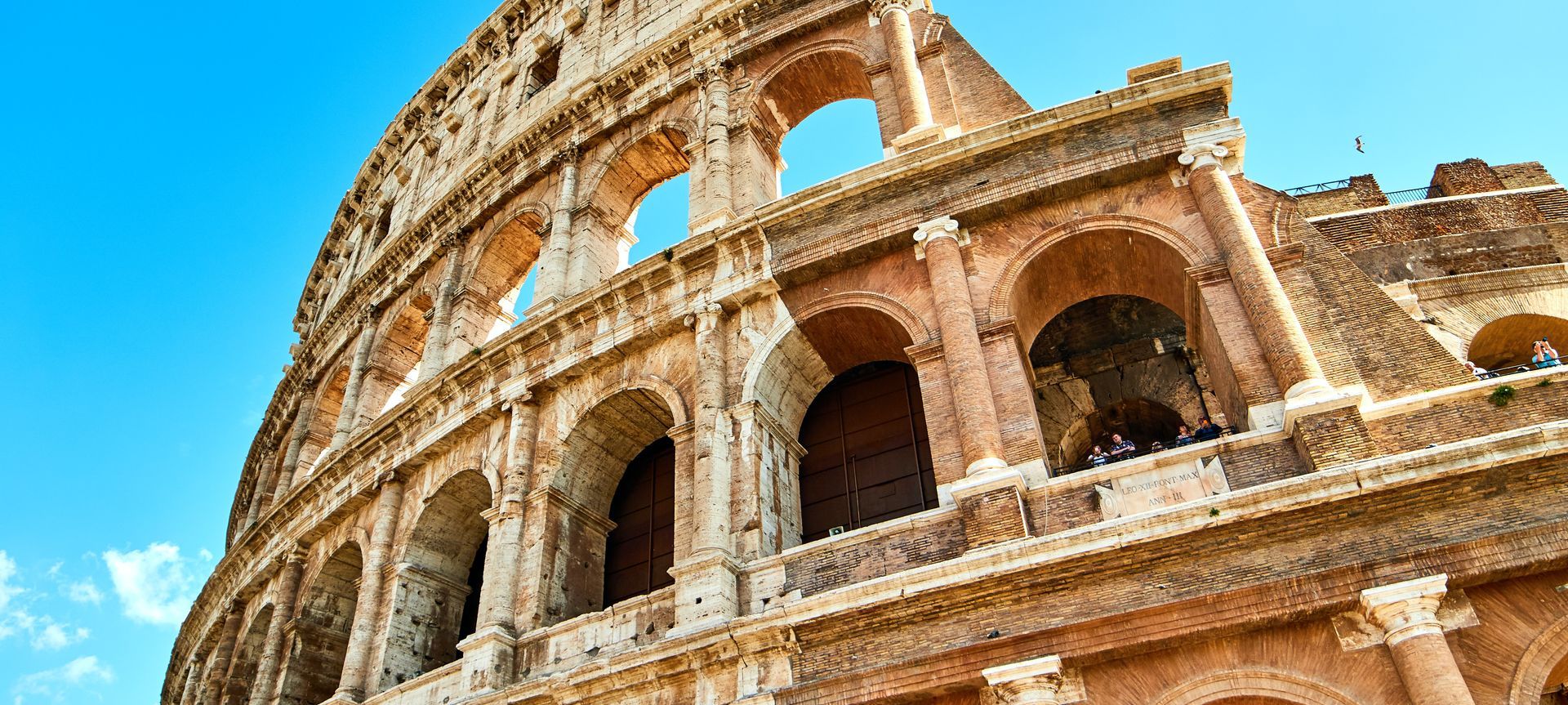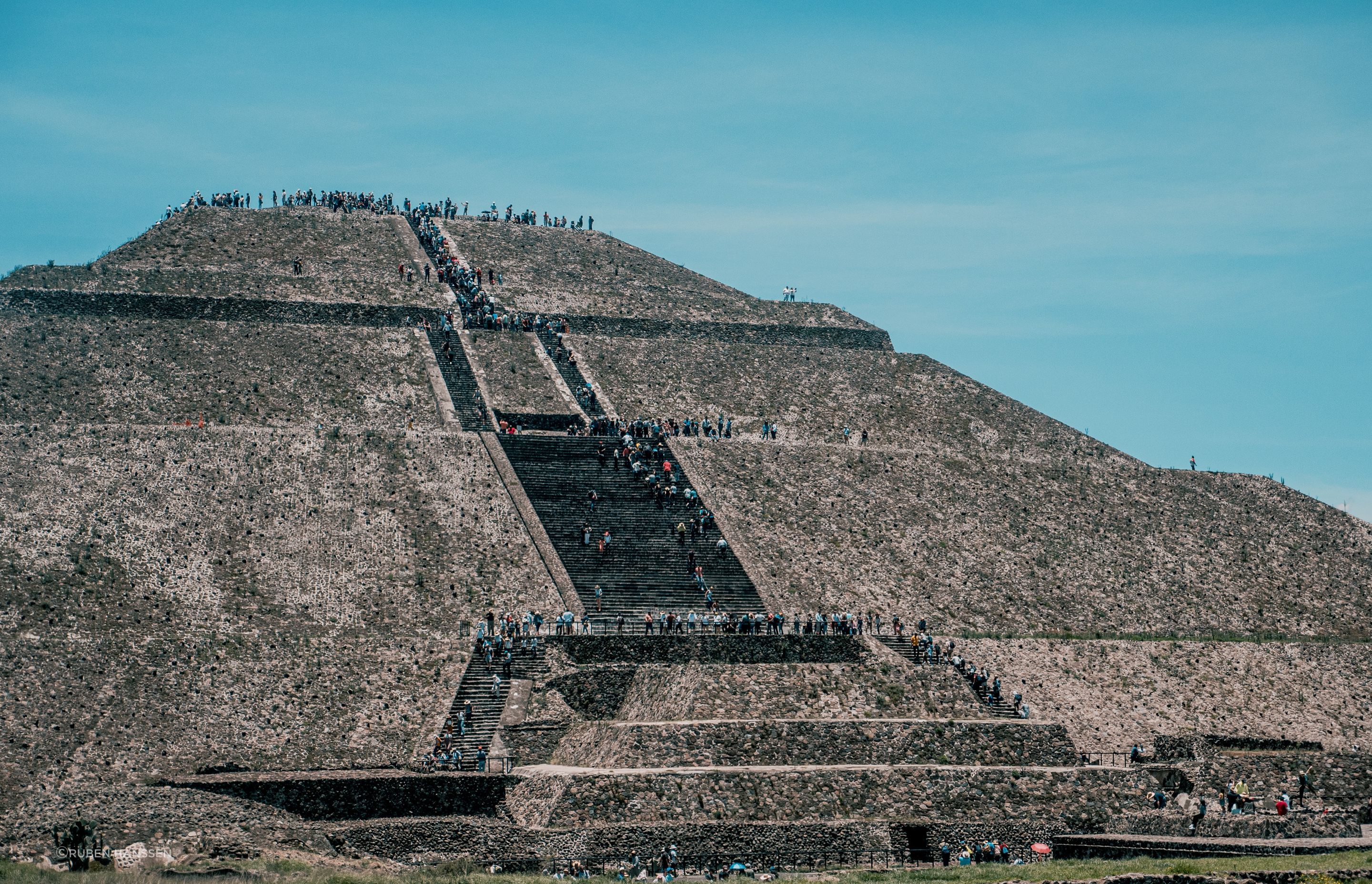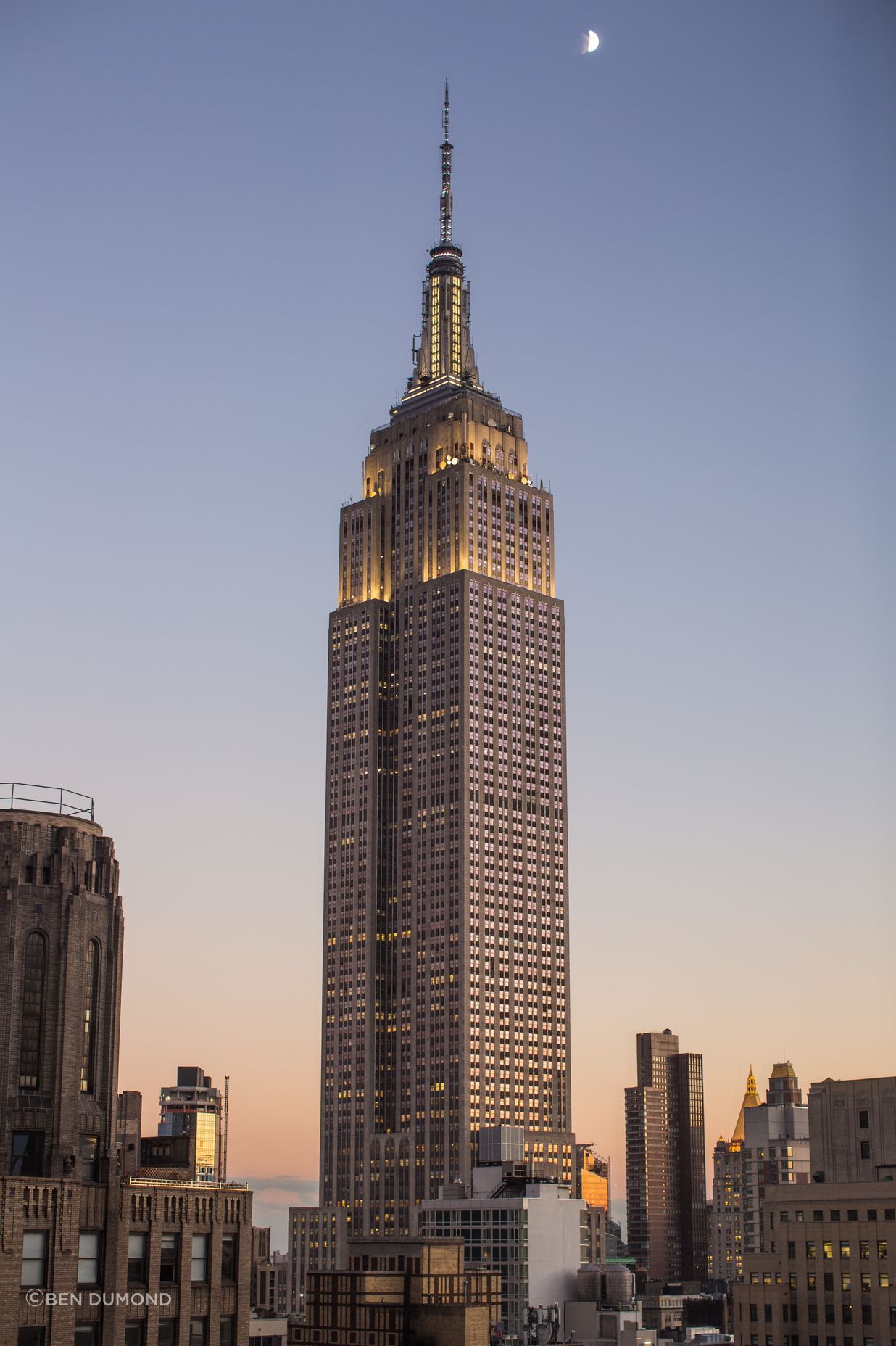The comeback of long bricks in contemporary architecture
Written by
03 August 2023
•
4 min read

As in the fashion industry, design trends come and go. In recent years, craftsmanship and materials that can achieve a distinctive look with plenty of character and charm have become popular again. And so has the long brick.
Littlehampton Bricks, one of Australia’s oldest boutique brickmakers with over 130 years of experience, introduced its Milan Series of long bricks earlier this year. Blending traditional techniques with advanced technology, each brick is a testament to exceptional Australian craftsmanship, featuring extended dimensions of 320 mm x 50 mm x 100 mm.
This article traces the history of elongated bricks, one of the most ancient building materials in the world.
Ancient civilisations used bricks for monumental structures
The earliest known use of bricks can be traced back as far as 7000 BC to ancient civilisations in southern Turkey and Mesopotamia, located in the eastern part of the Middle East, between the Tigris and Euphrates rivers. At the time, bricks were made of mud and dried in the sun for hardening, which makes them one of the oldest building materials.
These early bricks were relatively large and rectangular, often used to construct monumental structures like temples and ziggurats – a type of stepped pyramid with receding levels or terraces.
Around 3500 BC, with the invention of firing clay in a kiln, bricks could be created without the sun and became a popular building material in cooler climates.
Ancient Egyptians made bricks from a mixture of clay and straw, aka Adobe brick, and used them extensively in their architecture. These bricks resembled the shape of later Roman bricks with their long, thin shape.
Some of the most striking Aztec temples, such as the Pyramid of the Sun in Mexico, are masterpieces created with Adobe bricks.
Dive deeper into the history of bricks

Romans spread the art of brick-making across Europe
The Romans significantly improved brick-making techniques, leading to the production of high quality, fired clay bricks. With the help of mobile kilns, they introduced bricks to the entire country. Roman bricks were longer and narrower than the ones used in earlier times. The Romans utilised them for constructing walls, forts, vaulted ceilings, and the arches and faces of their aqueducts, contributing to the grand architecture of this era.
During the Roman Empire, bricks spread throughout Europe, however, with the fall of the Roman Empire, bricks nearly vanished (except Italy and the Byzantine Empire kept using them). From there, they spread to France in the 11th century and to Germany a century later. Consequently, brick-making dominated the medieval and Renaissance periods across Europe.
With immigrant waves, bricks arrived in America. The builders of the Empire State Building, for example, needed 10 million bricks to construct one of America’s most iconic buildings.
The technique of firing clay into elongated bricks spread across different civilizations, and each region added its distinct touch, resulting in varied architectural styles, but the core principles of elongated bricks remain consistent.


Industrial Revolution put an end to hand-made bricks
With the advent of industrialisation, heavy machinery replaced hand-made long bricks. The production of large amounts of standard-sized bricks was much cheaper and more efficient to fulfil the needs of the 19th century building boom.
Additionally, architectural trends favoured clean lines and uniformity, and long bricks with their unique appearance had to make place for more modern-looking, uniform bricks.
Discover 5 ideas to create unique geometric designs with long bricks
Contemporary architecture allowed the comeback of elongated bricks

In times when aesthetic appeal, connection to the past and sustainability rank high on the priority lists of homeowners and renovators, long bricks are in demand again. Because of their unique character and versatility, architects and designers today use them in both traditional and contemporary buildings.
Read more about Littlehampton’s commitment to the environment
From facades of residential properties, and interior feature walls to large commercial buildings, long bricks are back in the spotlight.
More from Littlehampton Bricks on ArchiPro.